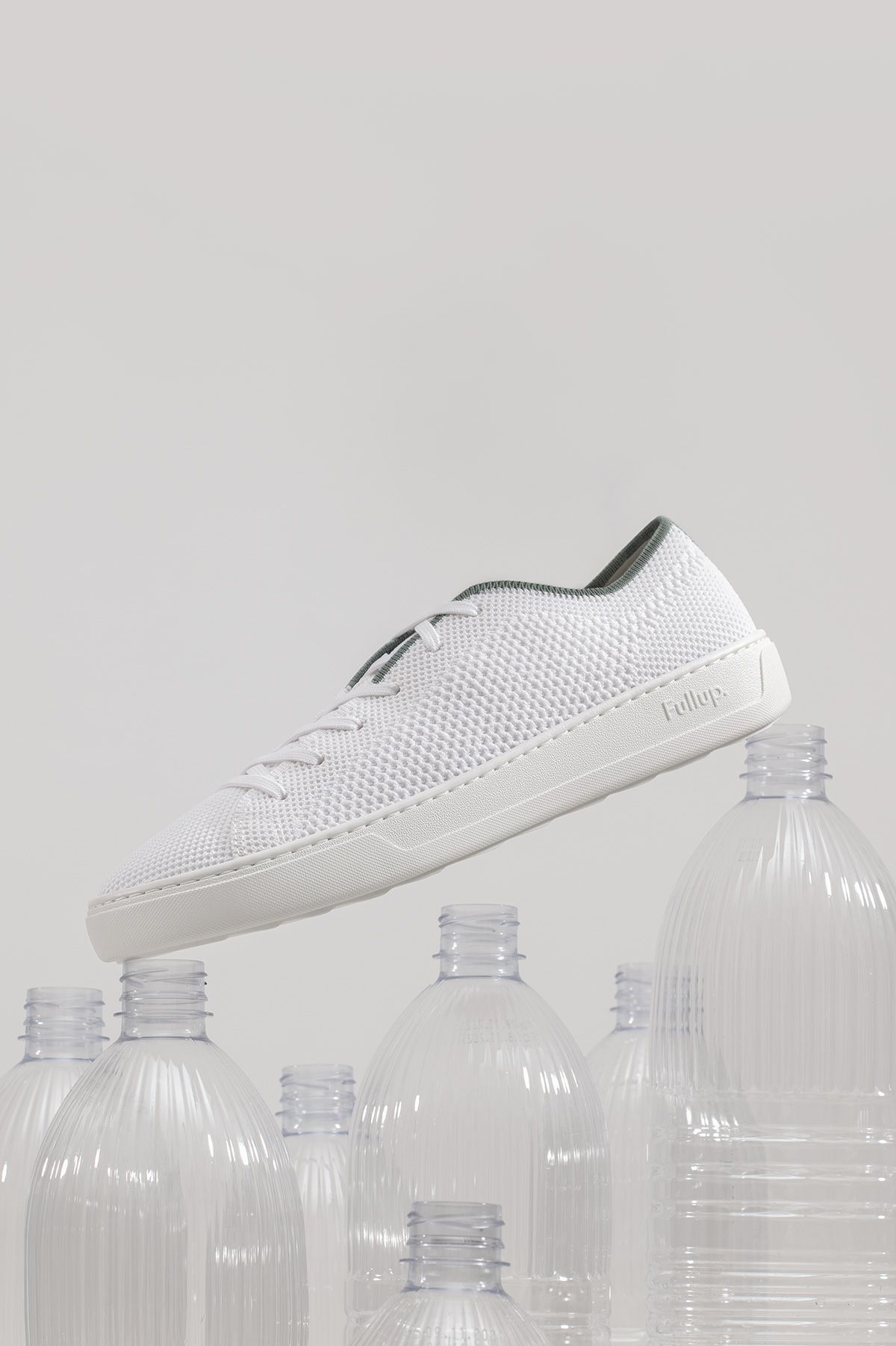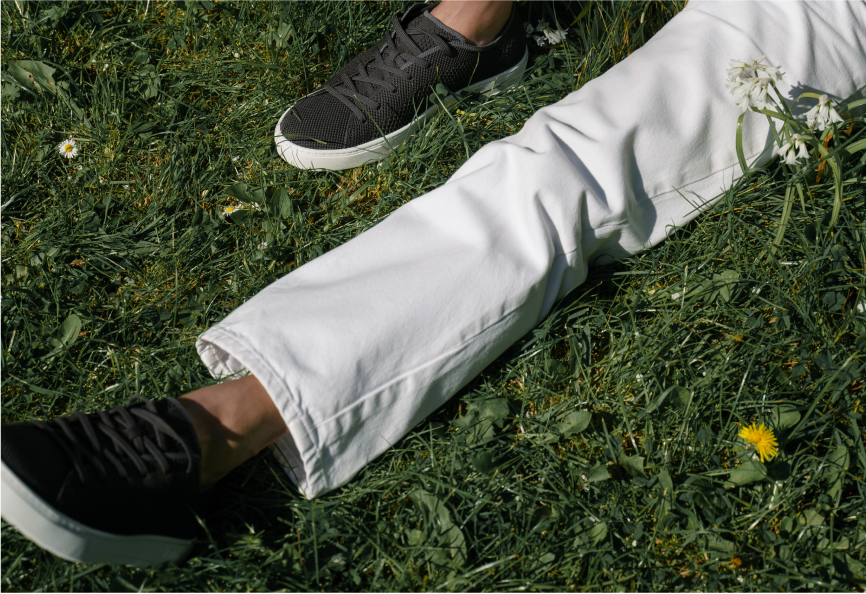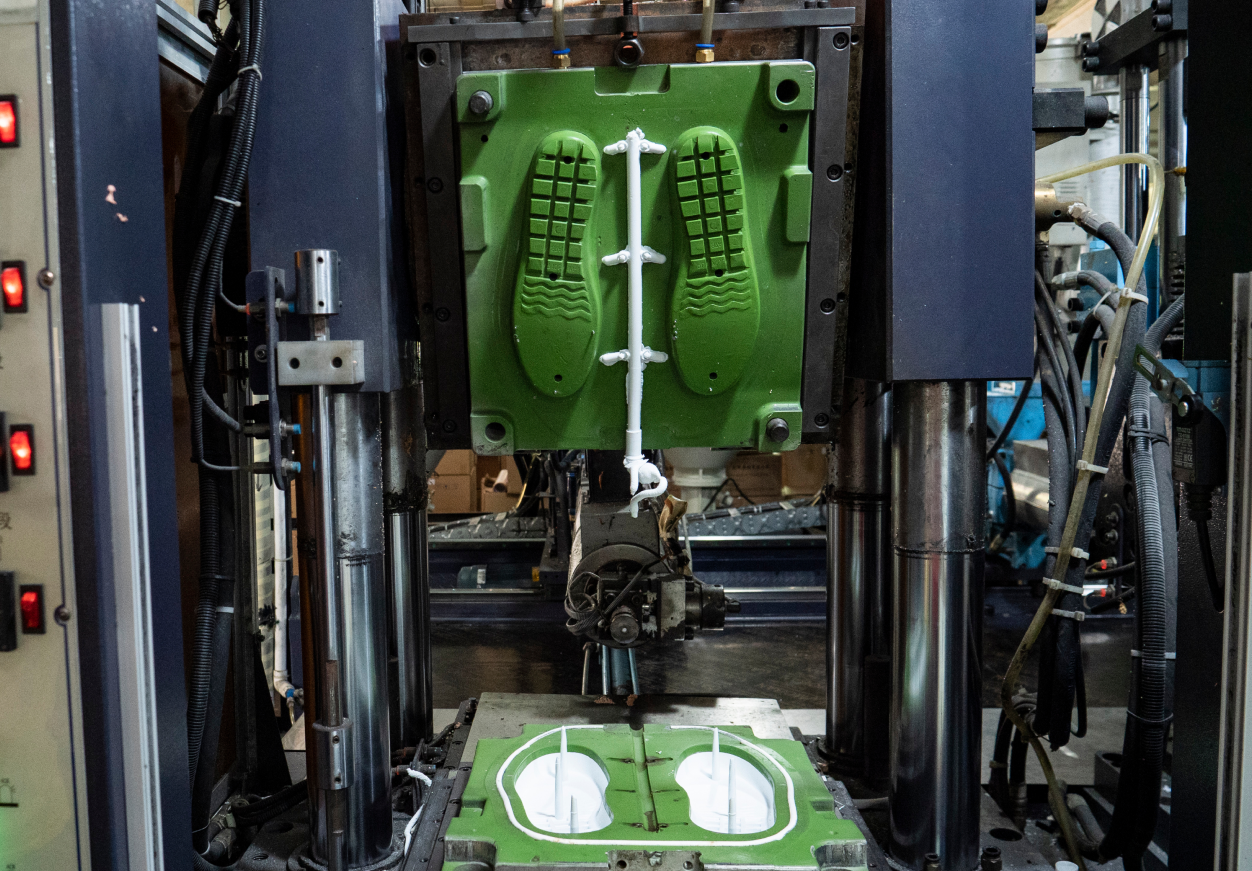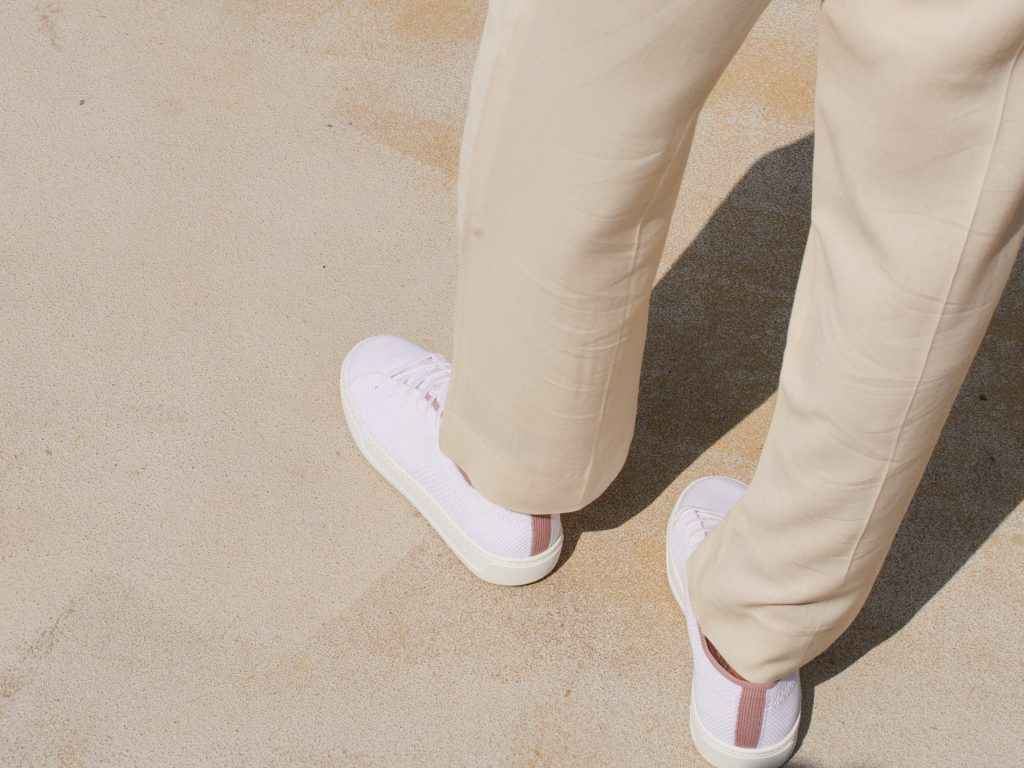

Sustainable fashion has taken the world by storm. It’s a wonderful development, but all too often, brands claim to be green, vegan or eco-friendly as a marketing strategy rather than an authentic mission.
As defined by the UN, sustainability means “meeting the needs of the present without compromising the ability of future generations to meet their own needs”. In the context of footwear, that could mean an array of endeavors – from choosing suppliers who use renewable energy to using recycled materials, making products to order, guaranteeing fair employment practices and embracing circular strategies – or all of the above.

Designs, materials, manufacturing processes, ethical labor, packaging, end-of-life recycling programs… A sustainable footwear company considers every step of the process and has a plan to improve over time.
When shopping for sustainable fashion, here’s a primer on what to look for:
The first thing you notice when shopping for shoes is probably the materials. Conventional sneakers often contain petroleum-based synthetic plastics, such as polyurethane (PU), polyvinyl chloride (PVC), polyethylene terephthalate (PET) and ethylene-vinyl acetate (EVA). These materials require an abundance of crude oil to produce and emit excessive carbon dioxide during the process. PVC, in particular, is notoriously damaging to the environment as it contains harmful toxins that can leach into water, air and soil, impacting the food chain.
A sustainable sneaker brand will choose materials that are healthier for people, animals and the planet. One increasingly popular option is to rescue plastic water bottles from landfills or waterways to create rPET (recycled polyethylene terephthalate), which can then be used to make knit fabrics or packaging. This isn’t a one-size-fits-all solution for shoe brands since it can be difficult to produce durable fibers using rPET, but it is an important bridge to a waste-free future.
Meanwhile, some experimental and progressive companies have transformed natural fibers from mushrooms, apples, pineapples, corn and cactus into shoe uppers and laces.
Materials really do matter: The fashion world produces an estimated 92 million tonnes of textile waste each year. Sadly, most of that waste ends up in landfills. But if more shoe companies were to use recycled materials (and recyclable and biodegradable whenever possible), we could greatly reduce the industry’s negative impact on the environment.
Using recycled materials not only diverts waste from landfills, but it also reduces the need to produce new materials. Fewer new materials means less waste and pollution – and a chance for the Earth a chance to recover and regenerate.

The global footwear and apparel industries account for 8% of global greenhouse gas emissions. Most of these emissions come from manufacturing, which means that a shoe company’s production processes are an indicator of its sustainability.
Long, complicated supply chains emit more carbon emissions due to the energy and resources required for each process and transport to the next step. Conventional methods, such as injection molding, also consume high volumes of significant power, while chemical glues can be harmful to human health and pollute our waterways.
What’s more, if a factory uses coal rather than renewable energy to power machinery, that will also result in a larger carbon footprint. So when looking for “sustainable shoes”, it’s best to examine the production process: Does the brand use injection or energy-efficient 3D molding? Coal-powered plants or solar-powered plants? Chemical glue or water-based glue? 100 different processes, or just a handful? International manufacturing or regional?
Design can make a difference, too. Generally, the simpler the sneaker design, the easier it will be to produce, assemble and recycle when the shoe reaches the end of its life cycle. As environmental journalist and former climate scientist, Alejandra Borunda, explained in an article for National Geographic:
“Most shoes are partly, or in many cases completely, fabricated from plastic and plastic-like materials … Because of their construction – usually, their many components are stitched and glued and [molded] together in complicated ways – they’re almost impossible to recycle.”
Think sustainability just refers to the environment? Think again. The UN’s Sustainable Development Goals (SDGs) address the need to protect all workers with safe workplaces, reasonable hours, equal opportunities and fair wages.
In the 1990s, shoe industry giants came under fire for questionable labor practices. Nike, for instance, exported manufacturing to factories abroad where underage children and women worked long hours for little pay in unsafe sweatshops. According to a report by the Washington Post, the problem persists as of 2020.
To truly be sustainable, the people making your shoes must have a healthy, safe and fair place of work. Simple steps like prioritizing air quality and safety during manufacturing can go a long way to ensuring worker health. For example, shoe brands can choose chemical-free processes like 3D-mold printing and water-based, non-toxic glue.

On the one hand, consumers have to rely on brands to share information about their sustainable practices. Brands willing to disclose how they make their products, offer a look inside their factories, create targets and hold themselves accountable tend to feel more trustworthy.
But you don’t only have to take their word for it. Companies who are serious about their environmental and social efforts often enlist independent, third-party certifying agencies to perform audits and verify their efforts. Look for certifications such as the Recycle Standard (GSR), the Global Organic Textile Standard (GOTS), OEKO-TEX Standard 100, and the Forest Stewardship Council (FSC) forest management certification to name a few.
At Fullup., we do not claim to offer the most sustainable shoes on earth – after all, the most sustainable choice would be to go barefoot – but we have gone to great lengths to provide eco-friendly and socially responsible products.
We choose to work with suppliers who ensure safe and fair working environments, design for simplicity and circularity, and carefully choose our materials, such as our knit uppers ( derived from recycled plastic bottles), vegan suede insoles and fully recyclable soles. As a new brand, we are off to a strong start and will continue to improve year after year.
Read more about our Sustainability initiatives here.


We are committed to making minimalist, durable lifestyle products that you can FEEL GOOD about wearing. Our extensive EXPERIENCE in the fashion industry enables us to source our most premium and durable materials, develop a streamlined and traceable supply chain, and create versatile sneakers with STYLE and LONGEVITY in mind. After all, the longer we can wear each pair of shoes, the less waste we produce.
© 2022 Fullup.Official